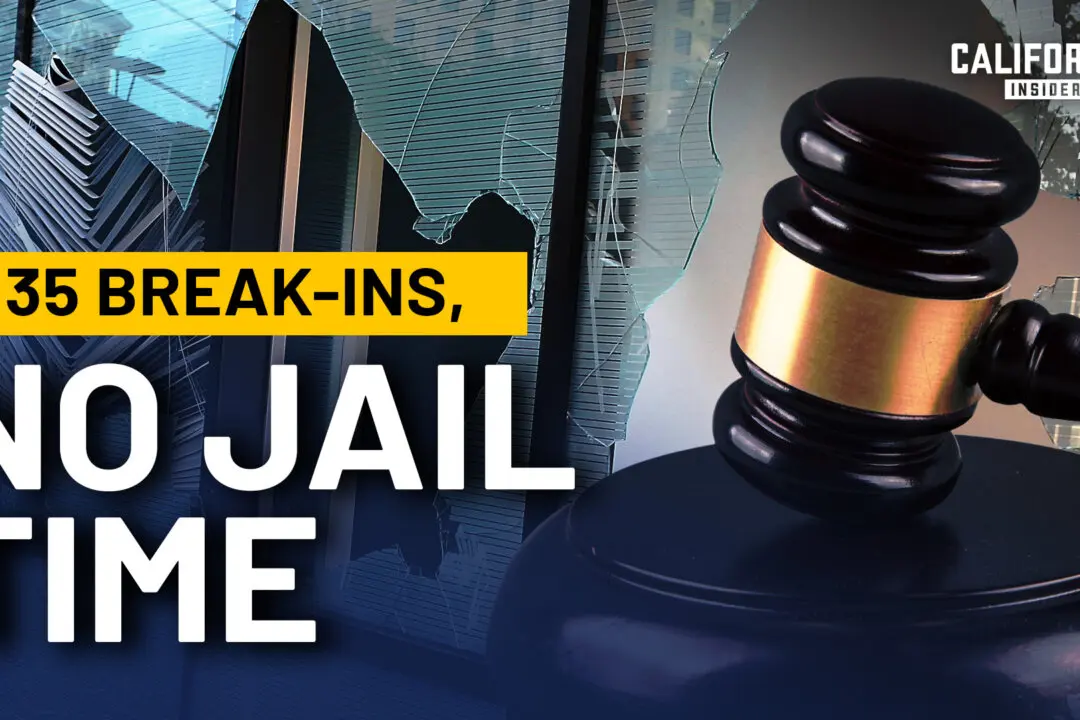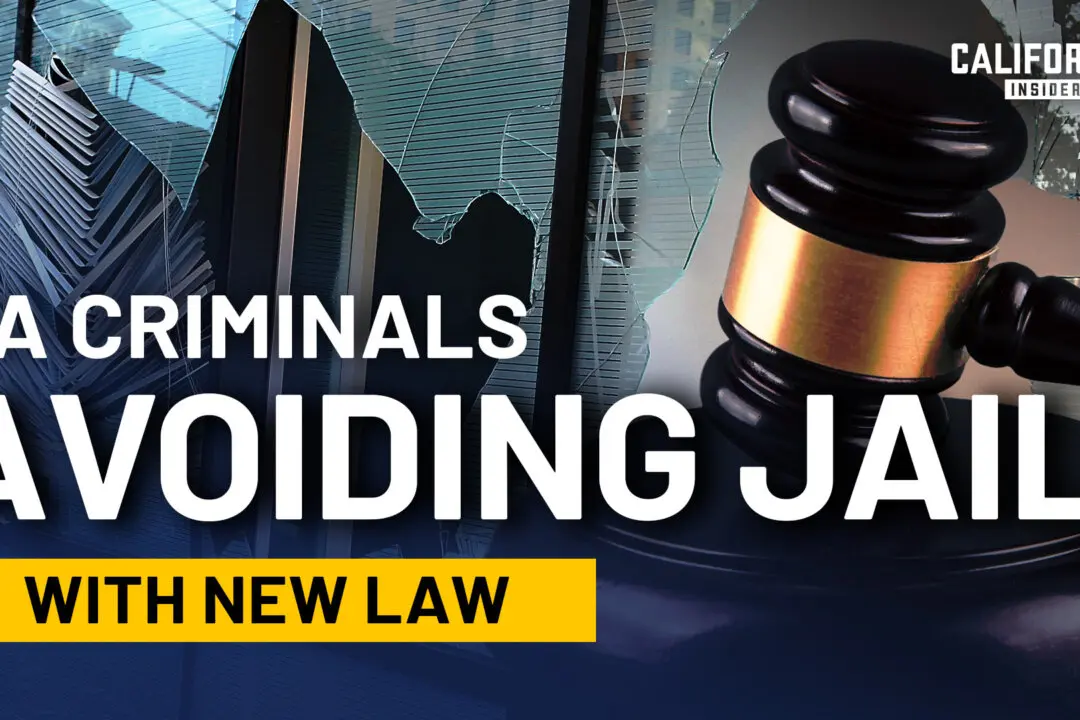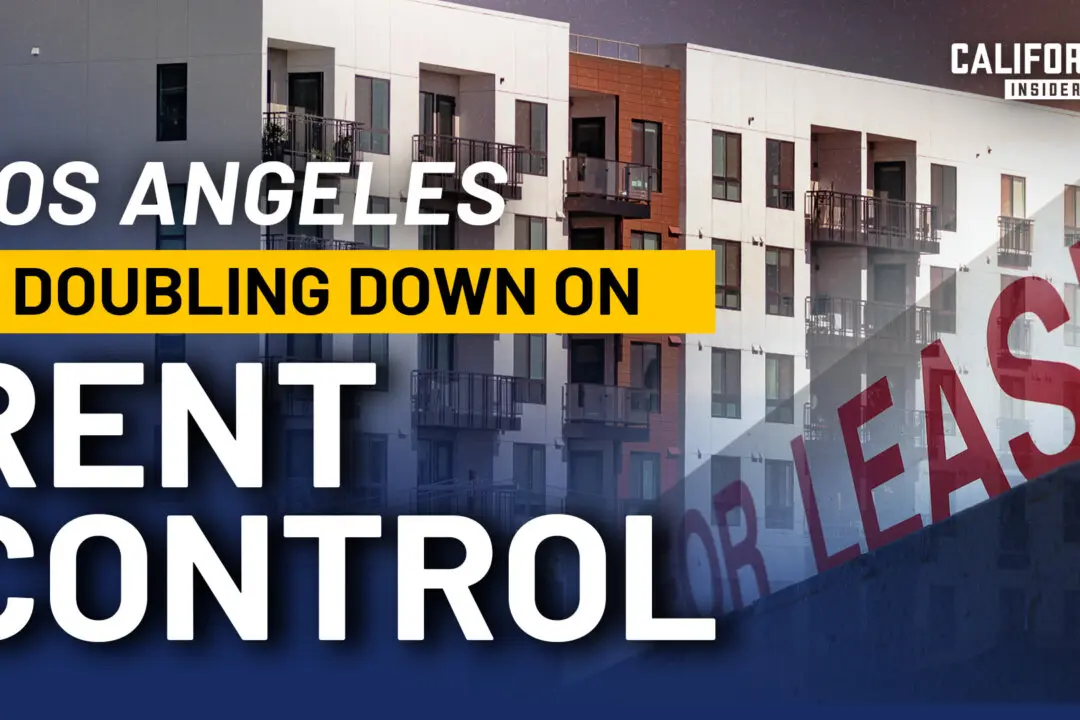Commentary
In Los Angeles, taxpayers have supported measures in recent years to dedicate billions of their dollars to helping the homeless. Yet, since these measures were enacted, the homelessness problem has worsened, says local 30-year veteran journalist Jerry Sullivan.





